Much like the exhibition itself – this blog has been created as a partnership – in this case between Lizzie Llabres, Collections Manager and Heather Millard, Community curator, who both work for Bradford District Museums and Galleries.We would also like to credit Lowri Jones, BDMG’s Collections Curator, who began the process for the exhibition working closely with Jill Cook of the British Museum – they’re another powerhouse partnership!
The Ice Age Art now exhibition has been an amazing process, working with the British Museum team and Bradford 2025 to bring national collections up to the district and link them to Bradford’s own history & heritage.
Throughout the planning and installation of the exhibition – the British Museum team spent time looking through our collections, spaces and displays and were inspired by what we have at Cliffe castle and even the building itself.
The main exhibition is comprised of British Museum objects, but with Roosevelt the Bear welcoming everyone into the space, just as he would normally welcome visitors into the castle.
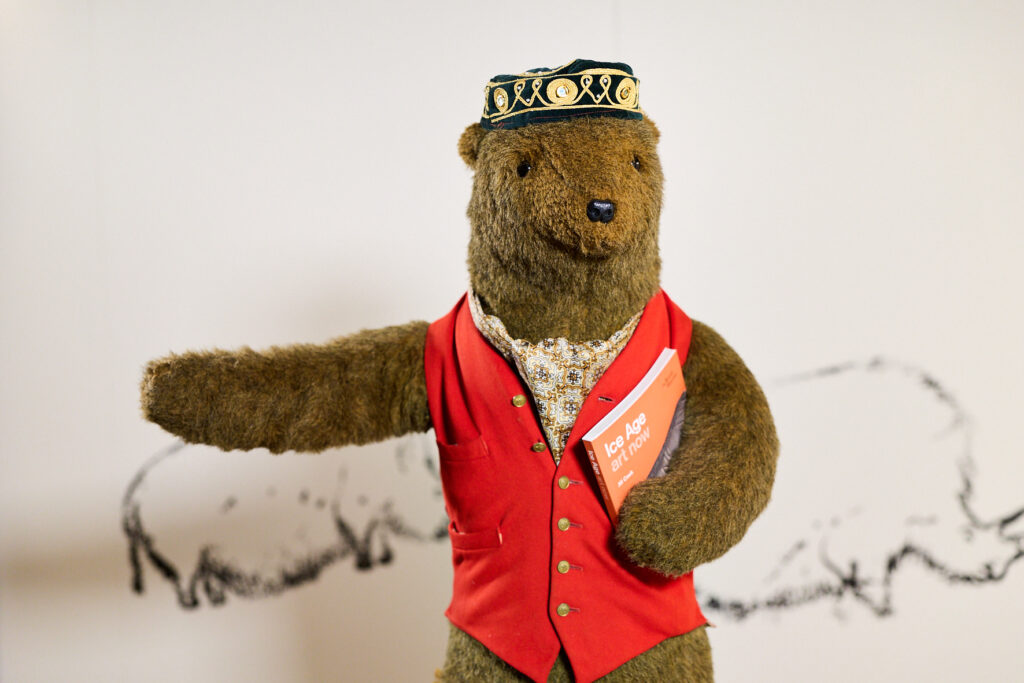
To complement the exhibition, a family trail was created. Not only does it link the district’s collections to the British Museums, but it contextualizes Yorkshire and the UK during the Ice Age.
The displays at Cliffe Castle gave us the opportunity to show the types of animals that were alive during the Ice Ages that are still in existence today, some of which you can see represented by objects in the exhibition.
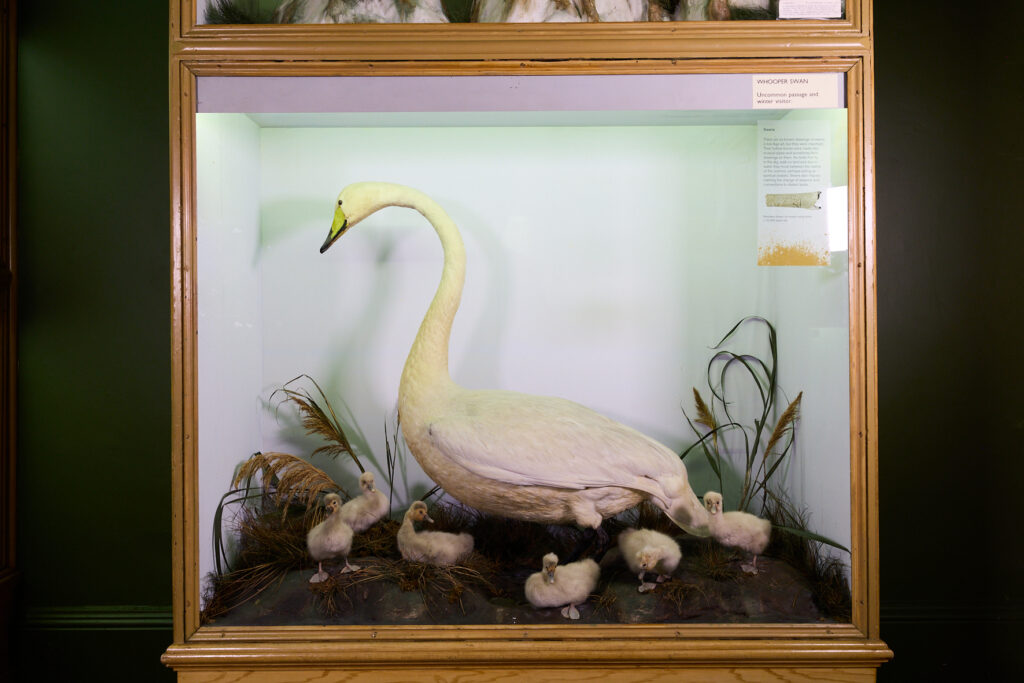
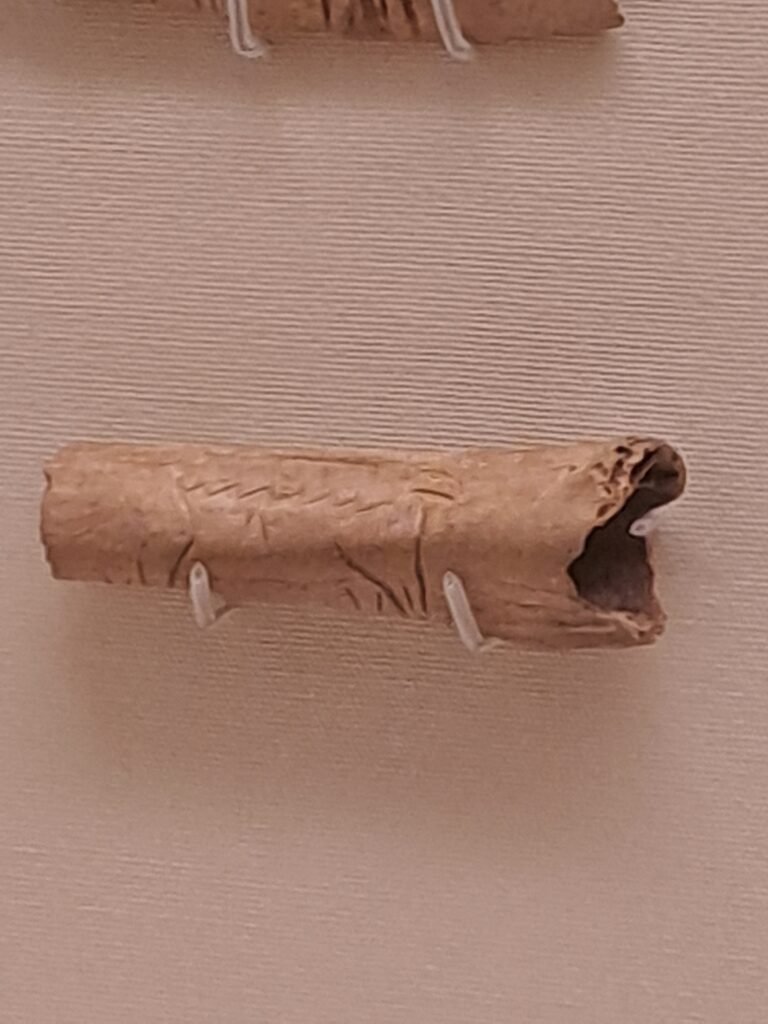
The Whooper swan in question is one of the earlier taxidermy specimens in the collection – we know the diorama display was already in existence by 1941, but could be from much earlier in the century.
The archaeological items highlighted in the trail include the cup and ring stones found on the nearby moors. This shows the continuing creativity and use of natural materials. If you want to learn more – book onto the tour or talks that form part of our Festival of Archaeology programme.
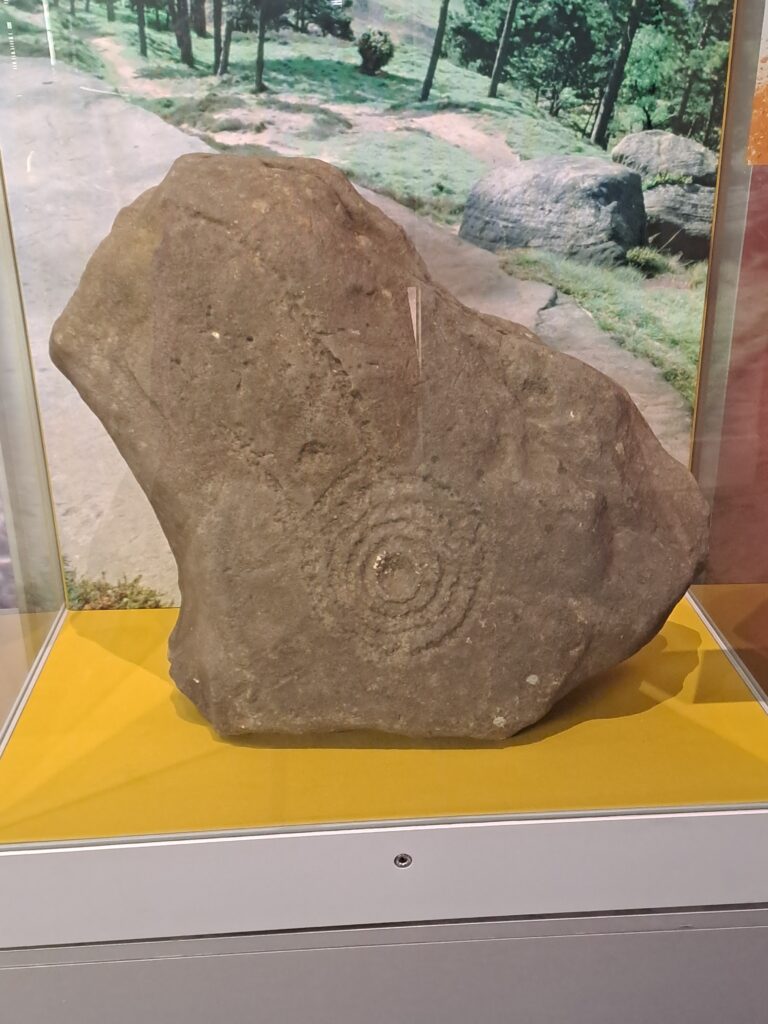
The ice age diorama in the Airedale Gallery – part of the permanent display illustrates the extinct animals that would have been present in the Ice age and gives visitors an insight into how the Ice Age directly affected Keighley and the Bradford District.
The trail moves you through Cliffe Castle to highlight other creative outputs – such as musical instruments. It also references the Victorians and their passion for both archaeology and collecting, which lead to museums acquiring the objects that allow us to tell the stories we can today. The Victorian’s are often credited with identifying the Ice Age as a distinct time frame (and the world being millions of years old, not thousands!).
Speaking of collecting, we though this blog gave us the chance to focus on a few of objects in the trail and the stories behind some of them that caught our attention – whether for an interesting fact, or what they tell you about how museums were collecting.
We’ve already mentioned the swan, so lets go on to the Red fox
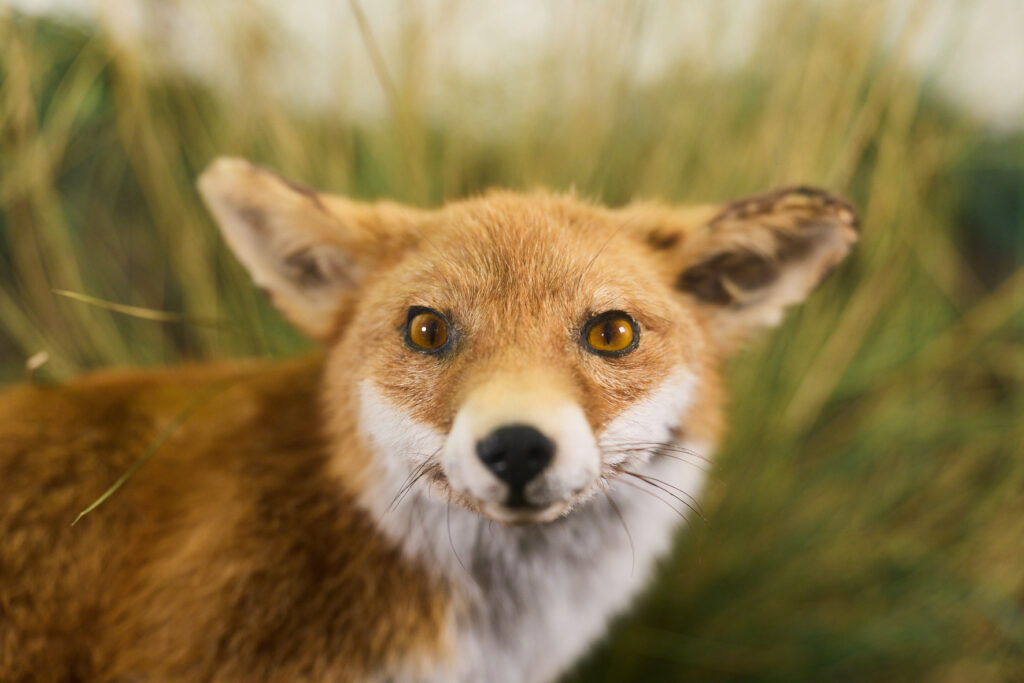
The fox is a stand-in for the Artic fox, those being in rather short supply in Yorkshire! This particular animal had a rather unfortunate end to it’s life. It was a road-casualty from near Otley, donated in 1981 to the then taxidermist of the Museum. This more ethical way of collecting is in contrast to the Victorian tendency to obtain specimen’s more directly.
A striking part of the trail is that of a large collection of stone arrowheads displayed en-masse.
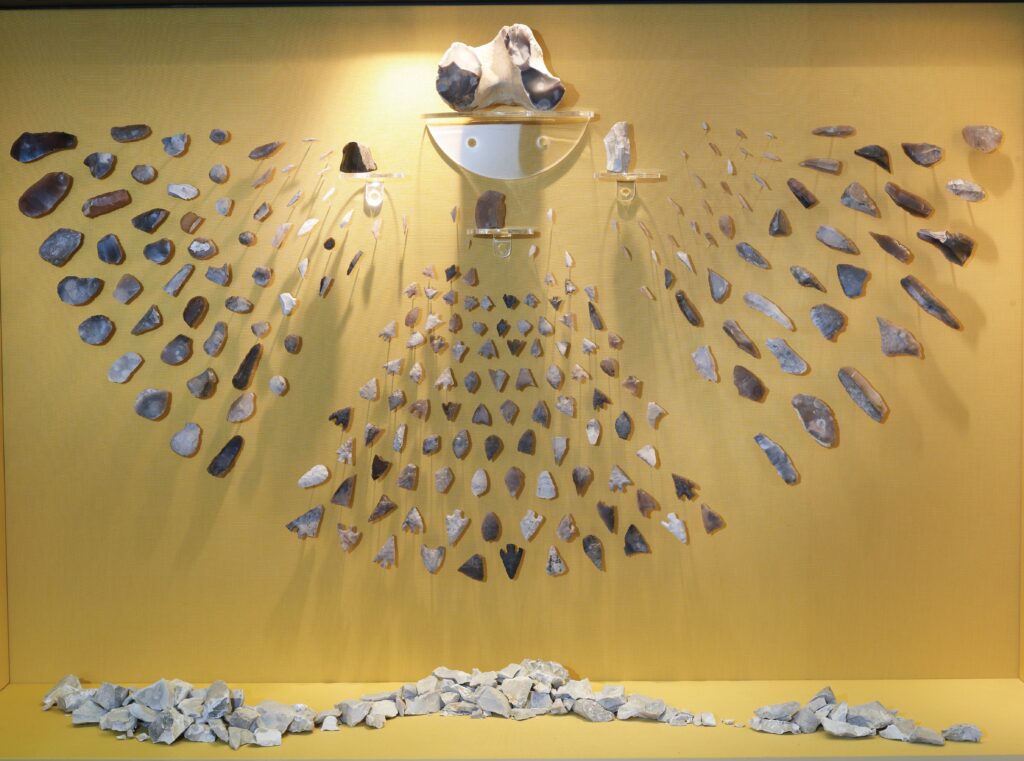
Many of these flints were found on Askwith Moor near Shootinghouse Hill, and formed part of the Samuel Crowther collection. They were donated to the then Keighley Museum in 1947 (so prior to the museum’s move up the hill to Cliffe Castle). A lot of the early Keighley Museum objects were acquired from the collections of a number of different individuals with their own specific collecting interests.
The music display highlighted doesn’t contain archaeology objects – and definitely none from the Ice Age! What it does do is remind visitors of the enduring interest in music that has been present throughout human existence – as does the Lithophone (also part of the trail) in the conservatory, a Victorian example of a pre-historic instrument.
We really value the collections that we have the privilege to care for and that highlight the incredible heritage of the district .
Its been a wonderful experience to share with the British Museum, and see the joy they have taken in turn from our collections.
The exhibition has also given us the chance to celebrate art and creativity and archaeology in many different forms – our family learning team have arranged for a range of artist-led activities to complement the .
Visitors have the chance to try clay model making, create ice-age jewellery, or experience working with natural pigments for cave painting- to name just three of the sessions over the summer! You can find the whole range of Ice Age Art Now activities by exploring the Family Learning page .
You can also join us on the 2nd and 3rd of August for the Finale of the Festival of Archealogy, where Dr James Dilley of Ancient Craft will be delivering Ice Age living history over the entire weekend.
For the grown-ups, we also have a range of talks arranged in the Beacon to complement the exhibition and discuss broader themes around archaeology.
We’ve really enjoyed working on this exhibition and the partnership with the British Museum and think it is incredible – and we hope you enjoy it.
Ice Age Art Now is on until the 14th September